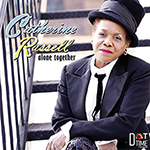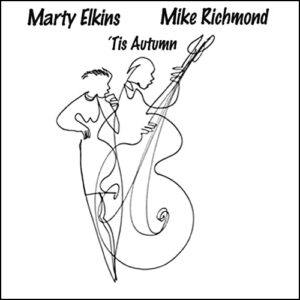Gabrielle Stravelli
Waiting in Vain
August 12, 2014
Reviewed by John Hoglund for Cabaret Scenes
 It must feel good to be the talk of the town. After years of paying dues, things are paying off for Gabrielle Stravelli. The lady seems perched on the brink of greatness. The last few years have brought her a stream of good reviews saying all the right stuff about a budding jazz artiste who is in a league of her own.
It must feel good to be the talk of the town. After years of paying dues, things are paying off for Gabrielle Stravelli. The lady seems perched on the brink of greatness. The last few years have brought her a stream of good reviews saying all the right stuff about a budding jazz artiste who is in a league of her own.
Her sensational run at the Metropolitan Room in July had the major outlets gushing about her show (directed by Marilyn Maye).
online pharmacy https://aclsedu.com/wp-content/uploads/2023/04/jpg/lasix.html no prescription drugstore
She made more waves than a raging tsunami and made it clear that she is one of the hottest jazz voices today in cabaret (and jazz circles). People are talking. And, it’s all good. If this were the 1930s or ’40s, this lady would be fronting a big band and be signed to a major label. (She’s already toured with Wynton Marsalis.) But, let’s be honest, the soundtrack of cabaret-jazz singing in the 21st century is infused with more squeaking or yelling than singing. However, every once in awhile, an artist emerges who stands out from the crowd— as a true jazz singer. Welcome Stravelli, a spellbinding weaver of moods and colors.
She’s now released her debut CD, Waiting in Vain. This is a live album recorded at Zeb’s in 2010. One can’t help wonder what took so long. We’re blessed to have this special disc. This little lady has arrived. These are not just idle words. Stravelli seems on her way to the kind of recognition that Jane Monheit and Diana Krall received when they burst on the scene. This is an artist who deserves to be a regular at major jazz clubs from Manhattan to Seattle (even with her already impressive résumé).
Opening with Miles Davis’s “So What Boy” (written with Sonny West and Bill Tilghman), she vaguely echoes a young Peggy Lee with succinct phrasing and restrained, yet driving suppleness. Like Lee, she manages to create an illustrative narrative on her interpretations that are, at times, mesmerizing. This is especially obvious on a haunting “Skylark,” which is about as intimate as it gets. Here, she mixes brief phrases of the song with a languorous, almost hypnotizingly cadenced narration before a full-scale treatment of this classic climaxes. Her silky vocals caress a swinging “Lover Man (Oh, Where Can You Be?)” The album’s title cut (Bob Marley) is the CD’s best, with a rhythmic diversity and phrasing as a yearning story unfolds from a pleading lover with firm, yet emotional flair, all told sans histrionics as this heartbreaker demands, “I don’t want to wait in vain for your love.” She twists this into a primal, emotional scream of frustration as she commands and ruminates on the lyric that evokes loud cheers from the crowd.
online pharmacy https://aclsedu.com/wp-content/uploads/2023/04/jpg/zithromax.html no prescription drugstore
Few of today’s newer stylists could pull this off without going over the top. Such is Stravelli’s artistry. An original, “Runnin’ Back for More” (written with Jason Robinson and Pat O’Leary), proves she is a terrific songwriter as well. Most importantly, she brings a warm, sensitive, often slyly dramatic quality to it all that makes her stand out like few other singers today.
Throughout, Stravelli is backed by exceptional musicians: Tadataka Unno (piano), Pat O’Leary (bass), Saul Rubin (guitar) and Joseph Melchior (drums). Such riffs and musicianship are worthy of reams of praise. For now, it’s just greatness, as is Gabrielle Stravelli.





